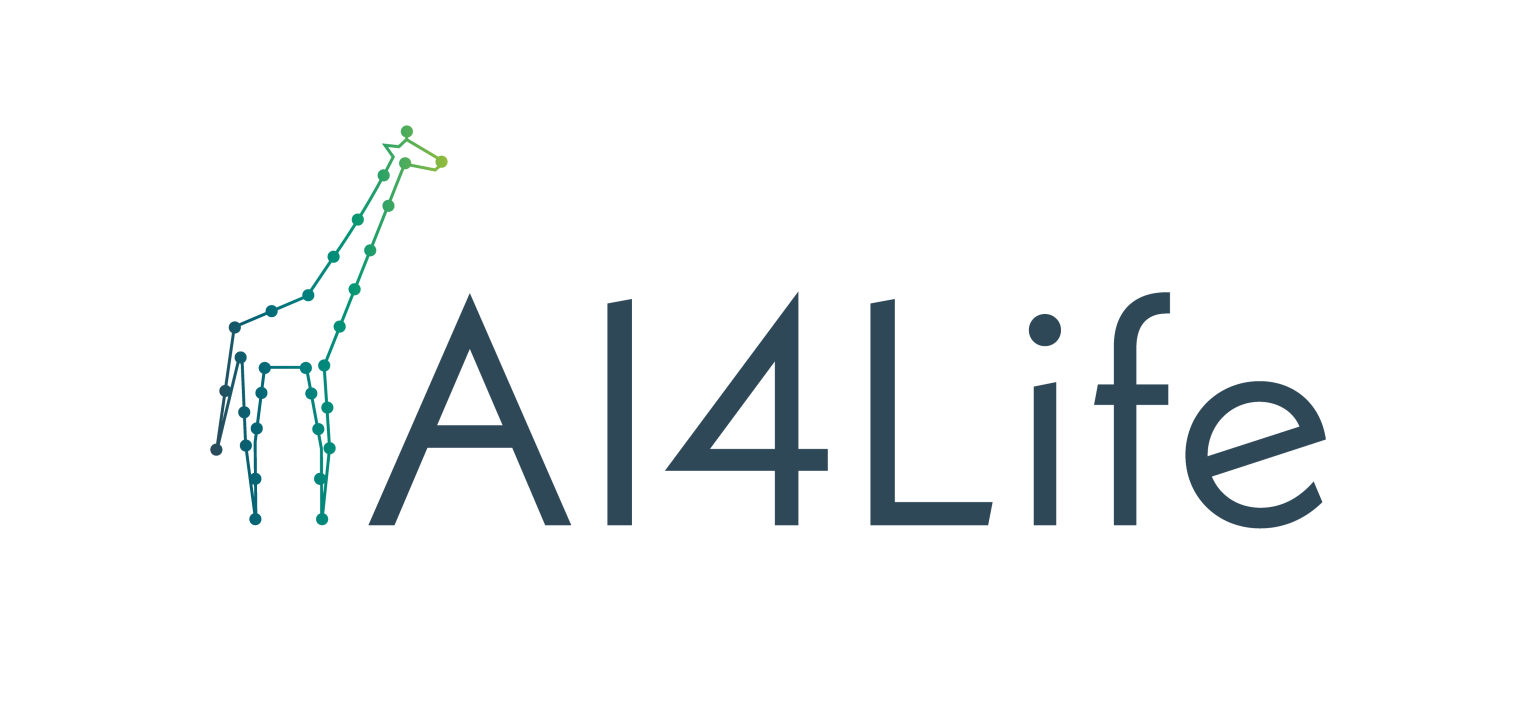AI4Life Denoising Challenge 2024: Results
by Vera Galinova, Beatriz Serrano-Solano
The AI4Life Denoising Challenge, which aimed to improve the denoising of microscopy images using deep learning, has been successfully completed. With 104 registrations from 27 countries, the challenge gathered participation from the global scientific community, generating 151 total submissions across four distinct leaderboards featuring different datasets containing one of two noise types.
What was the challenge about?
Microscopy images are indispensable for biological and medical research, but noise introduced during acquisition can impair image quality and complicate interpretation. The challenge’s focus was the unsupervised denoising task, which, unlike supervised learning, does not require pairs of noisy and clean images, simplifying the real-world application of the algorithms. Researchers applied advanced deep learning algorithms to real-world datasets, aiming to improve image quality while preserving essential features such as edges, textures, and fine details. Find all the information on the challenge at https://ai4life.eurobioimaging.eu/denoising-challenge/
Key statistics
- Total Participants: 104 registrants from 27 countries
- Total Submissions: 151
- Leaderboard Submissions:
- Structured Noise 1: 17 submissions from 7 participants
- Structured Noise 2: 7 submissions from 5 participants
- Unstructured Noise 1: 16 submissions from 7 participants
- Unstructured Noise 2: 13 submissions from 8 participants

Results by category
Structured Noise 1: Hagen et al (50 total submissions)
|
Name |
Affiliation |
Algorithm |
Result SI-PSNR |
Result SSIM |
Code |
|
|
1 |
University of Birmingham |
COSDD |
0.5523 |
|||
|
2 |
Human Technopole |
N2V |
0.5534 |
|||
|
3 |
Seoul National University |
N2V |
0.5525 |
Structured Noise 2: SUPPORT (20 total submissions)
|
Name |
Affiliation |
Algorithm |
Result SI-PSNR |
Result SSIM |
Code |
|
|
1 |
University of Birmingham |
COSDD |
0.6278 |
|||
|
2 |
University of Shanghai for Science and Technology |
N2V |
0.6112 |
|||
|
3 |
Human Technopole |
N2V |
0.5272 |
Unstructured Noise 1: JUMP (47 total submissions)
|
Name |
Affiliation |
Algorithm |
Result SI-PSNR |
Result SSIM |
Code |
|
|
1 |
University of Birmingham |
COSDD |
0.9507 |
|||
|
2 |
Human Technopole |
N2V |
0.9413 |
|||
|
3 |
Human Technopole |
N2V |
0.9412 |
Unstructured Noise 2: W2S (34 total submissions)
|
Name |
Affiliation |
Algorithm |
Result SI-PSNR |
Result SSIM |
Code |
|
|
1 |
University of Birmingham |
COSDD |
0.9163 |
|||
|
2 |
Human Technopole |
N2V2 |
0.9025 |
|||
|
3 |
Human Technopole |
N2V |
0.9027 |
What’s next?
The AI4Life Denoising Challenge provided a platform for benchmarking denoising methods across various datasets. The challenge showed how unsupervised deep learning algorithms, like COSDD and N2V, can significantly enhance image quality. The leaderboard results asserted the robustness of these methods across different datasets and noise types.
We encourage researchers to continue to participate in the challenge through late submissions. Please contact us if you want to participate by submitting your algorithm, and the challenge team will assist you.
Looking ahead, AI4Life plans to host more challenges soon. Stay tuned for upcoming announcements!
